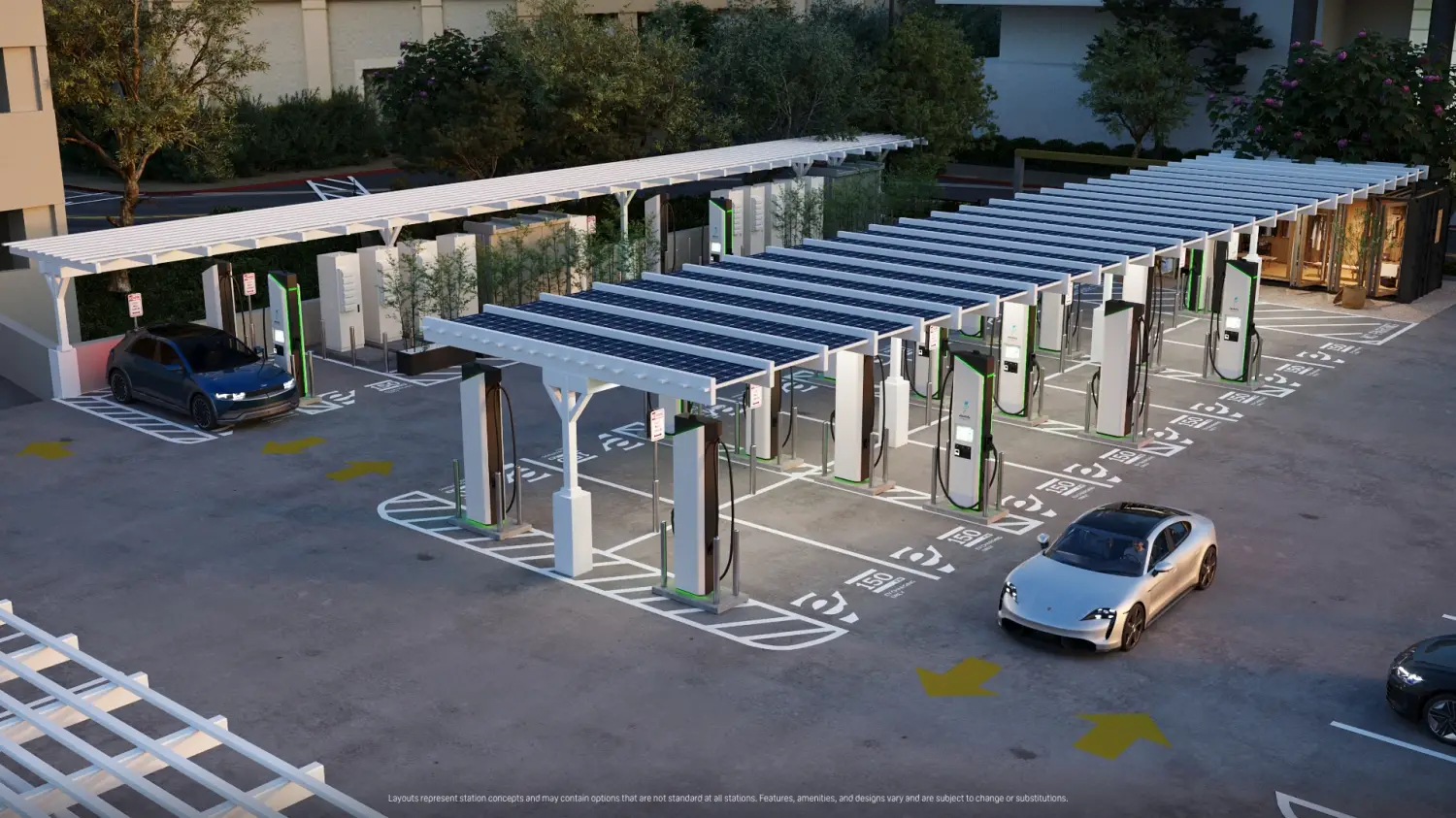California Ev Rebate 7500 – California Rebates offer a variety of incentives that residents are able to use to save money or reduce their environmental impact. This comprehensive guide will provide details on the most popular rebate programs for solar power, electric vehicles and water conservation. Find out about the eligibility requirements for applying, the process to fill out and the best ways to maximize your savings.
Solar Rebates
- California Solar Initiative (CSI)
California Solar Initiative (CSI) which is a program at the state level, provides financial incentives to install solar power systems on commercial or residential properties. This program seeks to encourage the adoption of solar energy as well as reduce greenhouse gas emissions. The incentive program is based on the performance of your system and could be able to cover up to 30% of the installation costs.
- Federal Investment Tax Credit (ITC)
Federal Investment Tax Credit (ITC) provides tax credits of 26% for the cost of solar power systems. The credit can be used on your federal income tax return and is able to be carried forward into future tax years, even if it is not used to its fullest capacity during the first year.
- Net Energy Metering (NEM)
Net Energy Metering, also known as net energy billing, is a method that solar energy system owners may be credited for excess electricity generated. This credit can be used to offset the cost of electricity in times when the system does not produce enough power.
Electric Vehicle Rebates
- Clean Vehicle Rebate Project (CVRP)
The Clean Vehicle Rebate Project (CVRP) is a California program that gives discounts for the purchase or lease of qualified electric vehicles (EVs). Reward amounts can vary from $2,000 to $4500, based on the type of the household’s income and the vehicle.
- Federal Tax Credit for Electric Vehicles
Federal Tax Credit for Electric Vehicles Tax credit of up $7,500 for qualified EVs. The amount of credit is contingent on the vehicle’s battery capacity and the manufacturer sales.
Energy Efficiency Rebates
- Home Energy Renovation Opportunity.
California homeowners have the Home Energy Renovation Opportunity program, which offers financing for energy efficiency, renewable energy, and conservation of water. The program offers low-interest long-term financing which is also repaid through property tax bills.
- Energy Upgrade California
California’s Energy Upgrade California is an initiative which offers homeowners incentives to invest in energy-efficient upgrades to their homes. Rebates vary based on the type and amount of your upgrade. They could be as little as hundreds of dollars up to several thousand dollars. Some examples of eligible improvements include insulation, high-efficiency heating and cooling windows, and energy efficient heating.
Water Conservation Rebates
- Turf Replacement Rebate
California residents can qualify for financial incentives as part of the Turf Replacement Rebate program. The program offers incentives for those who replace their lawns that are prone to drought with drought-resistant landscaping. Rebates start at $2 per sq. ft. of turf replaced. They are able to cut down on water usage by reducing the cost of maintenance.
- Water-Efficient Landscapes Rebate
Water-Efficient landscapes rebate program provides incentives for water-saving irrigation system, rainwater capture devices, or other water-efficient features. Rebates may be available depending on the kind of project or type and could help offset costs for creating an environmentally sustainable landscape.
Conclusion
California Rebates offer many options for residents to save time and benefit the environment. You can make positive effects on the environment through taking advantage of these incentives to help with solar, electric cars and energy efficiency, as well as water conservation. This can allow you to enjoy substantial financial benefits as well as financial savings. Make sure you research each program’s eligibility requirements as well as the application process, and consult professionals to assist you with the application process.






